#online training on python
Explore tagged Tumblr posts
Text
#python#coding#pythondjango#pyhon django developer#online training on python#best course in 2023#internship#technomaster#best institute in uae#best internship in uae#best it training institute#best online training#scripting#object oriented programming#web development training
1 note
·
View note
Text
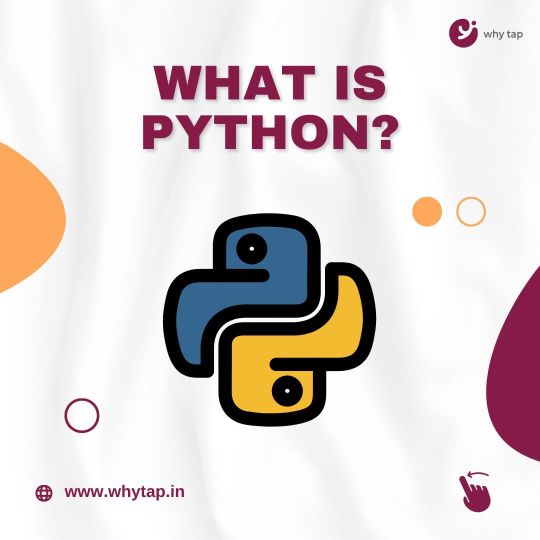
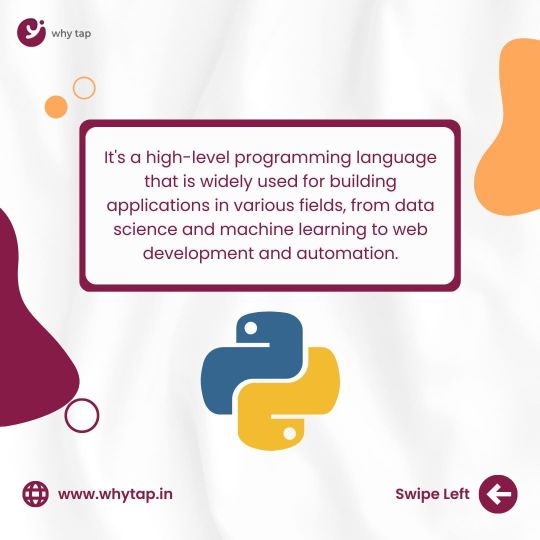
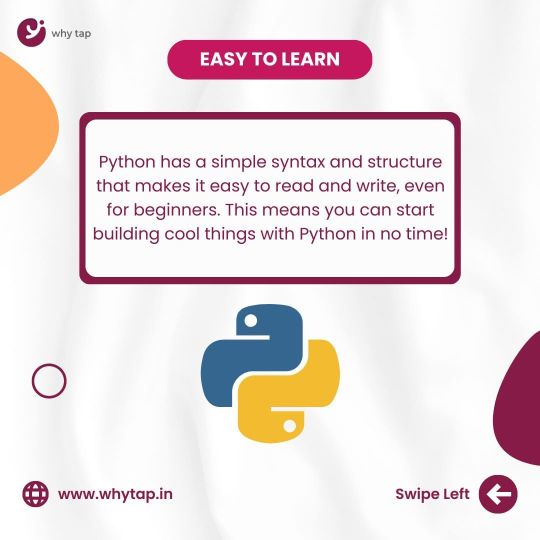
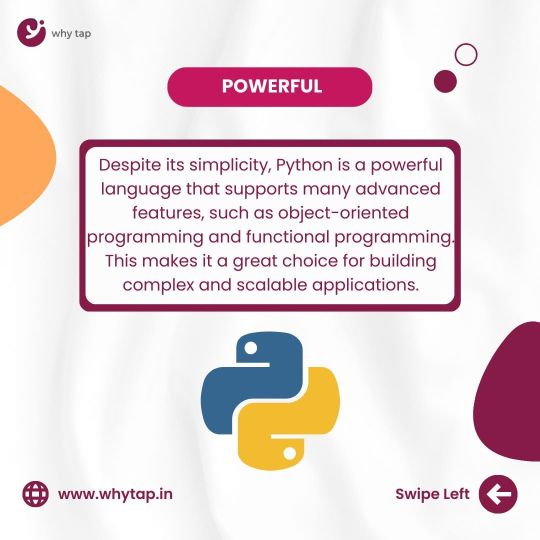
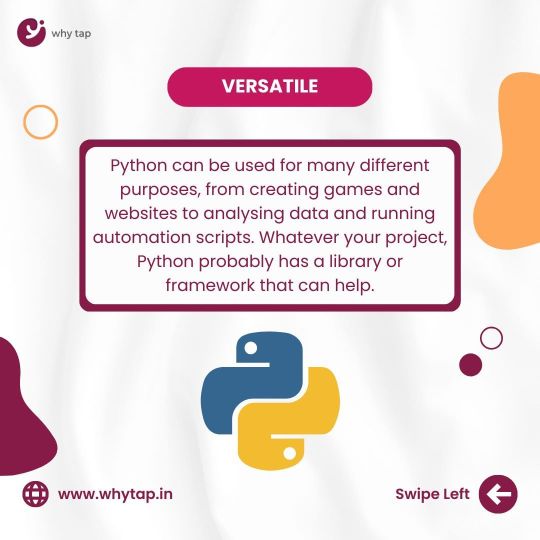
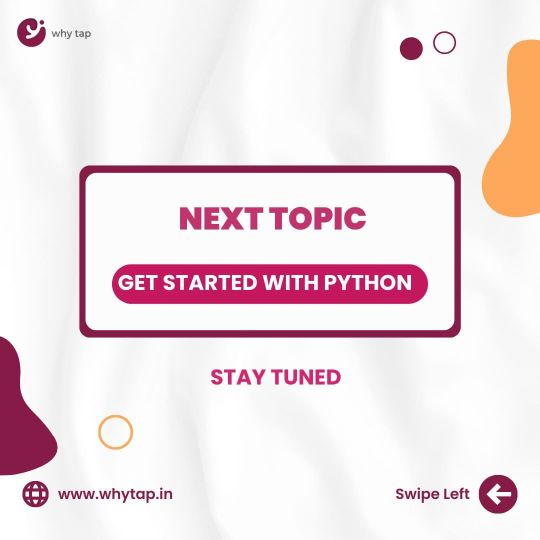
WHY tap
#python#versatile#python certification#python online course#python programming#programming#python developers#python tutorial#placement#training
15 notes
·
View notes
Text

At Global Galaxy Training Institute, learn SAP and IT! Learn from seasoned business professionals, obtain practical experience, and ensure that you will be exposed to jobs. Anticipate our cutting-edge curriculum, knowledgeable teachers, and more.
2 notes
·
View notes
Text
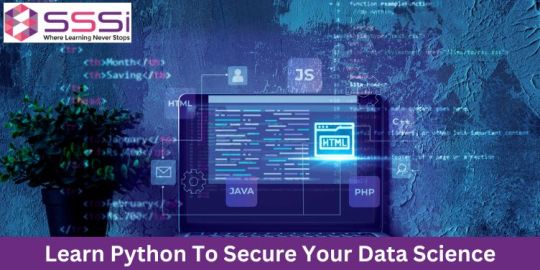
Learn Python To Secure Your Future In Data Science
Python is one of the most important coding or programming languages that is used by more than 8 million programmers as their main programming language.Now let's talk about how to learn Python. Python language is the basic and the easiest language compared to any other language.
To more info Visit us :- https://www.sssi.in/blog/engineering/learn-python-to-secure-your-future
#learn python#online training python#python developers#python basics#learn python for data analysis#python programming#coding python for beginners
2 notes
·
View notes
Text
Python Development Course: Empowering the Future with Softs Solution Service

Python, a high-level programming language, has emerged as a favorite among developers worldwide due to its emphasis on readability and efficiency. Originating in the late 1980s, Python was conceived by Guido van Rossum as a successor to the ABC language. Its design philosophy, encapsulated by the phrase "Beautiful is better than ugly", reflects a commitment to aesthetic code and functionality.
What sets Python apart is its versatile nature. It supports multiple programming paradigms, including procedural, object-oriented, and functional programming. This flexibility allows developers to use Python for a wide range of applications, from web development and software engineering to scientific computing and artificial intelligence.
Python’s standard library is another of its strengths, offering a rich set of modules and tools that enable developers to perform various tasks without the need for additional installations. This extensive library, combined with Python’s straightforward syntax, makes it an excellent language for rapid application development.
One of Python's most significant contributions to the tech world is its role in data science and machine learning. Its easy-to-learn syntax and powerful libraries, like NumPy, Pandas, and Matplotlib, make it an ideal language for data analysis and visualization. Furthermore, frameworks like TensorFlow and PyTorch have solidified Python's position in the development of machine learning models.
Education in Python programming has become crucial due to its growing demand in the industry. Recognizing this, institutions like Softs Solution Service, IT training institute in Ahmedabad, have stepped up to provide comprehensive Python Development Training. Their Online Python Development Course is tailored to meet the needs of both beginners and seasoned programmers. This course offers an in-depth exploration of Python's capabilities, covering everything from basic syntax to advanced programming concepts.
The course structure usually begins with an introduction to Python's basic syntax and programming concepts. It then progressively moves into more complex topics, such as data structures, file operations, error and exception handling, and object-oriented programming principles. Participants also get to work on real-life projects, which is vital for understanding how Python can be applied in practical scenarios.
A significant advantage of online courses like the one offered by Softs Solution Service is their accessibility. Students can learn at their own pace, with access to a wealth of resources and support from experienced instructors. Additionally, these courses often provide community support, where learners can interact with peers, share knowledge, and collaborate on projects.
Python's future seems bright as it continues to evolve with new features and enhancements. Its growing popularity in various fields, including web development, data analytics, artificial intelligence, and scientific research, ensures that Python developers will remain in high demand.
In summary, Python is not just a programming language; it's a tool that opens a world of possibilities for developers, data scientists, and tech enthusiasts. With resources like the Online Python Development Course from Softs Solution Service, mastering Python has become more accessible than ever, promising exciting opportunities in the ever-evolving world of technology.
#IT Training and Internship#Softs Solution Service#IT Training Institute in Ahmedabad#Online Python Development Course#Python Development Training#Python Development Course
3 notes
·
View notes
Text
CETPA Summer Training: Gain the Skills You Need to Excel in Your Career
CETPA's Summer Training program is designed to help you gain the skills you need to excel in your career. Whether you're an engineering student, a business student, or a recent graduate, CETPA's program can help you develop the skills you need to land your dream job.
Summer Training in Noida at CETPA covers a wide range of topics, including:
JAVA
Python
Machine Learning
Data Science
Data Analytics
Web Development
much more.
We also offer a variety of hands-on projects and case studies, so you can put your skills to the test and gain real-world experience.
In addition to the technical skills, our program also helps you develop soft skills, such as communication, teamwork, and problem-solving. These skills are essential for success in any career.
CETPA's Summer Training in Noida is taught by experienced industry professionals who are passionate about teaching. They will help you master the skills you need to succeed in your career.
If you're looking for a Summer Training in Noida that will help you gain the skills you need to excel in your career, CETPA Infotech is the perfect choice for you.
Benefits of attending CETPA's Summer Training :
Gain the skills you need to excel in your career
Get ahead of the competition
Network with industry professionals
Learn from experienced industry professionals
Gain real-world experience
Develop soft skills
For more information:
Visit:https://www.cetpainfotech.com/summer-training
Contact:+91-9212172602

#summer training#summer training in noida#summer training in delhi#online summer training#techskills#itcareer#java training#python training#machine learning#web development#data science#data analytics#dot net
2 notes
·
View notes
Text

How to Choose the Best Python Online Training Course for Your Needs
Python is one of the most popular programming languages, and its demand is increasing daily. Whether you want to get started with programming, enhance your skills, or pursue a Python data science certification, enrolling in a Python online training course is a great choice. However, with so many options available, selecting the best Python programming course can be overwhelming. This guide will help you evaluate and choose the right Python online training course based on your needs, experience level, and career goals.
#python online training#python data science certification#python data analytics course#online classes python course#best python programming course
0 notes
Text
🚀 Take Your IT Skills to the Next Level! Join our Classroom & Online Training starting from 17th Feb 2025 with guidance from top-notch faculty! 💻 FREE Demo Class – Experience the learning environment firsthand! 📲 Register Today: linktr.ee/nareshit.kphb
📚 Courses Offered: ✅ Data Analytics & Business Analytics – By Mr. Rahul ✅ Full Stack Java – By Mr. Shivam Kumar ✅ Oracle – By Mr. Shiva Chaitanya ✅ Full Stack Python – By Ms. Kavitha ✅ HTML | CSS | JavaScript – By Mr. Manoj
👩💻 Let’s build your future together!
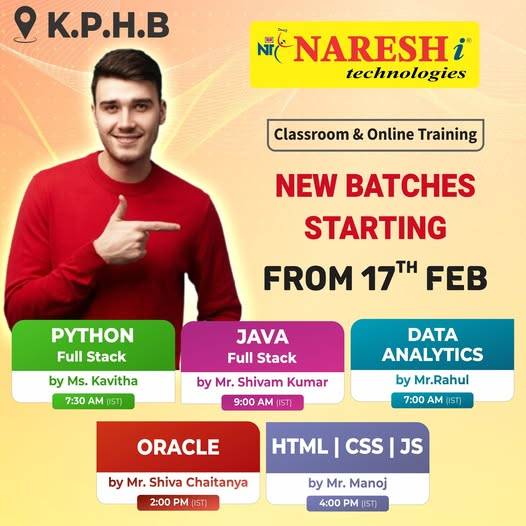
#it training#datascience#data analytics#html#python#java#sql#powerbi#coding#programming#online education#azure#js#dotnet#c
1 note
·
View note
Text
Best value course to learn Python in Ahmedabad
Python is one of the widely used programming languages with a very easy-to-learn and easy-to-read format. It is known for its versatile nature and useful application in fields like machine learning, Web development, automation, scientific computing and data science.
Python's simple syntax, compared to other programming languages and robust libraries like NumPy, Pandas and Matplotlib, which are extensively used tools for data analytics, data manipulation and data visualisation in machine learning projects, makes it extremely convenient for learning and utilisation.
Python is also extensively used in web development, automation, and scientific computing. Professionals use Python to conduct complex statistical calculations.
You can simply search for the best Python Courses in Ahmedabad to get started on your journey of learning Python.
Why learns Python?
As of 2025, the demand for Python has only increased, and it is valued in different professions. People skilled in Python are more readily hired by industry giants for projects.
Python was basically designed for readability; it has some effect on mathematics but is mostly similar to English.
Python can work on various different platforms like Windows, MacOS, Linux, and Raspberry Pi. It has a syntax that allows programmers to write any program in fewer lines than some of the other programming languages used. In Python, prototyping can be really quick because codes can be executed as soon as they are written.
Career Opportunities:
Python supports procedural, functional, and object-oriented programming, which makes it the choice of programming language for a number of top global companies. Industry giants such as Instagram, Google, Dropbox, Uber, Spotify and Netflix all extensively hire highly skilled professionals in Python language.
Skilled professionals in Python can get excellent career opportunities as developers, automation engineers, Full stack developers, DevOps engineers, machine learning engineers, front-end developers and data scientists in top global companies.
Prior qualifications to learn Python:
While having experience in writing programs in Basic, Java, and C++ can make it easier to learn Python, it is not strictly needed, as Python is a beginner-friendly programming language with a very easy-to-learn format.
How to start learning Python?
There are many online resources and offline courses for you to start learning Python either yourself or with the help of courses that will guide you and provide live projects to gain real-life work experience. All you need to do is search for Python Programming Classes near me, and you will get a list of all the available courses.
However, the best way to start your Python journey is to find the best Python Certification Courses in Ahmedabad or your city. Having a certification in your list of skills will increase your chances of getting hired quickly. Python can be an excellent tool for you to have in your skill list as a programmer if you aspire to pursue a career as a software engineer or data scientist. It can open different avenues for you to choose from as a career. Highsky IT Solutions provides various certification courses, both offline and online, with various mentorship from industry experts. They also provide various real-time projects to help you gain industry-relevant experience.
#red hat certification ahmedabad#linux certification ahmedabad#linux online courses in ahmedabad#data science training ahmedabad#rhce rhcsa training ahmedabad#aws security training ahmedabad#docker training ahmedabad#red hat training ahmedabad#microsoft azure cloud certification#python courses in ahmedabad
0 notes
Text
Boost Your Coding Skills with an Online Python Internship

Python is one of the most versatile and in-demand programming languages today. From web development to artificial intelligence, its applications are vast, making it a must-learn skill for aspiring developers. However, mastering Python requires more than just theoretical knowledge—you need hands-on experience. An internship for Python online provides the perfect opportunity to apply your skills, work on real-world projects, and gain industry exposure.
Why Choose an Online Python Internship?
An online internship offers flexibility, allowing you to learn at your own pace from anywhere in the world. Whether you are a student, a fresher, or a working professional, an internship provides valuable practical experience without disrupting your daily schedule. Unlike traditional internships, where travel and relocation may be required, an online internship makes learning accessible and convenient.
Key Benefits of a Python Internship
Hands-on Learning – Work on real-world projects and gain practical experience. Expert Mentorship – Learn from industry professionals and get guidance on best coding practices. Portfolio Building – Strengthen your resume with industry-relevant projects. Industry Exposure – Understand how Python is used in web development, data science, automation, and more. Career Advancement – Improve job prospects with a recognized certification. Flexible Learning – Learn from anywhere at your own pace.
Get Certified with StuIntern
If you're looking for an online Python internship with a certificate by StuIntern, you’ve found the right program. StuIntern provides a structured learning experience that includes practical projects, expert mentorship, and a certification upon completion. This certificate enhances your credibility and gives you a competitive edge in the job market.
What You Will Learn in the Internship
✔ Python Basics & Advanced Concepts ��� Master data types, loops, functions, and object-oriented programming. ✔ Web Development with Python – Learn how to build web applications using Django and Flask. ✔ Data Science & Machine Learning – Work with Pandas, NumPy, and Scikit-learn for data analysis. ✔ Automation & Scripting – Automate repetitive tasks using Python scripts. ✔ Project Development – Develop industry-standard projects to showcase your skills.
Who Should Apply?
This internship is ideal for: Students and fresh graduates looking to gain practical experience. Professionals looking to upskill in Python. Anyone interested in a career in web development, data science, or automation.
How to Enroll?
Enrolling in the internship is simple! Visit StuIntern’s website and apply today. Upon successful completion, you will receive a recognized certificate that validates your expertise in Python programming.
Final Thoughts
An online Python internship is a stepping stone to a successful career in software development, data science, automation, and beyond. With flexible learning, hands-on projects, and expert mentorship, this internship equips you with the skills needed to excel in the tech industry. Don’t miss this opportunity—kickstart your journey with a Python internship today!
0 notes
Text
Get Started With Python – PART 2
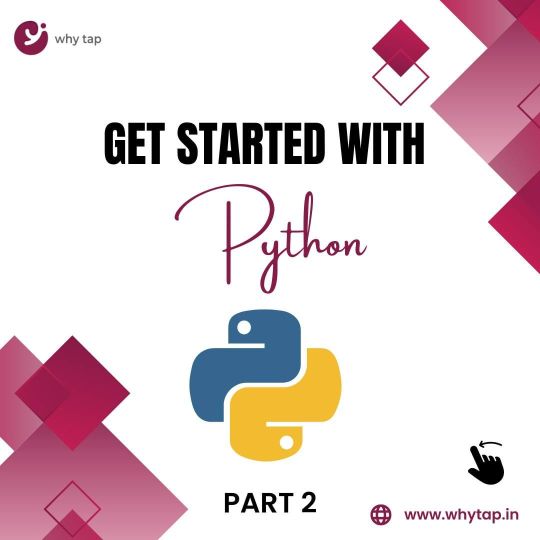
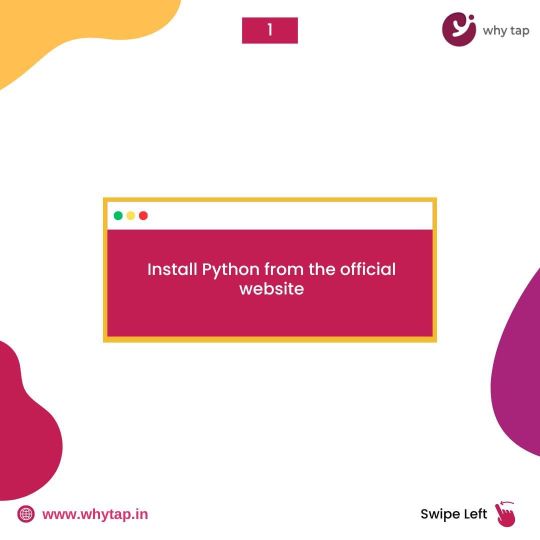

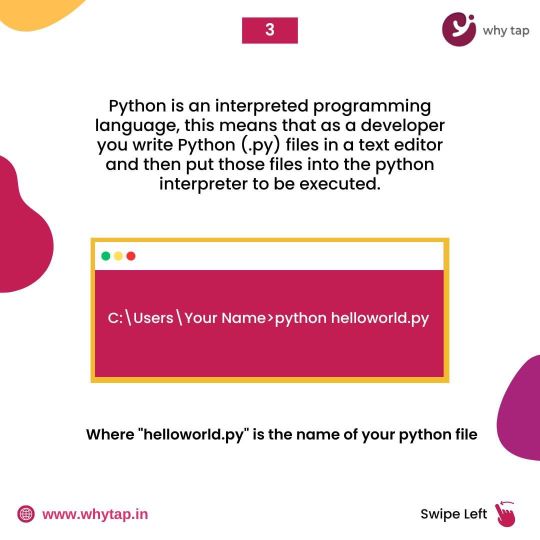
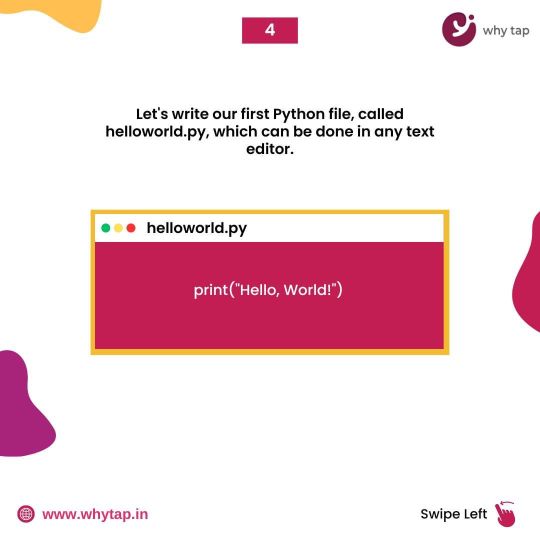
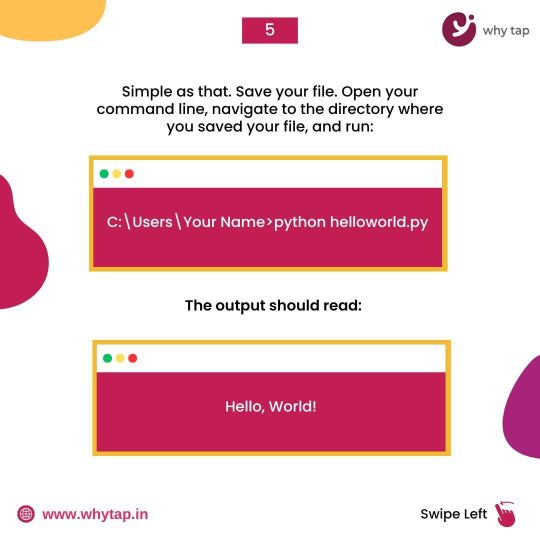
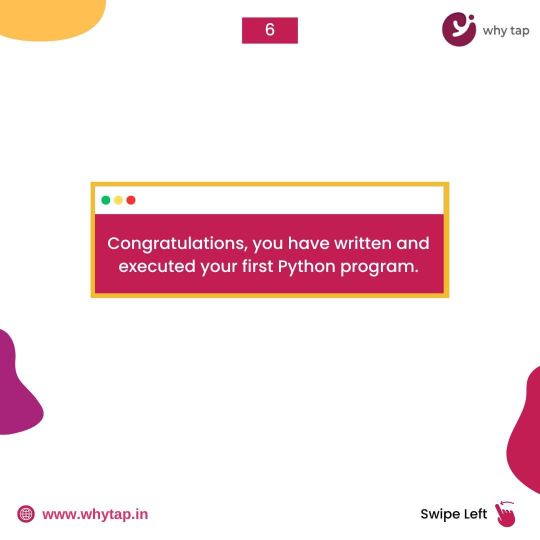
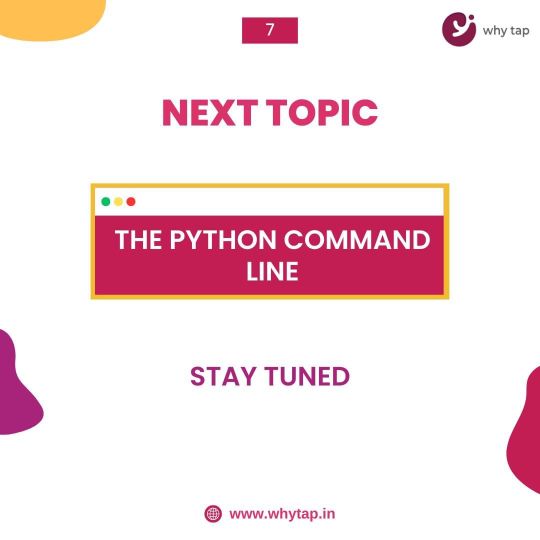
WHY tap Provides advance python certification course in Chennai
#python#python developers#pythonprogramming#python online course#placement#training#webdevelopment#programming#coding#javascript
13 notes
·
View notes
Text
0 notes
Text

Join #VisualPath, one of the leading #GoogleCloudAI Training Institutes in Hyderabad, for expert-led training. Gain hands-on experience with Live Projects & Real-time Examples to master Google Cloud AI. Our globally recognized program is available in India, the USA, UK, Canada, Dubai, and Australia. Learn from industry experts and enhance your career with practical skills. Call +91-9989971070 to schedule your free demo session today!
Visit: https://www.visualpath.in/online-google-cloud-ai-training.html
Blog : https://visualpathonlinetraininginstitute.blogspot.com/
whatsapp : https://www.whatsapp.com/catalog/919989971070/
#e_learning#online#gcp#aws#azure#devops#cloudcomputing#cloud#googlecloud#kubernetes#python#training#googlecloudplatform#microsoft#linux#google#dataengineering#ITJob#software#TechSkills
0 notes
Text
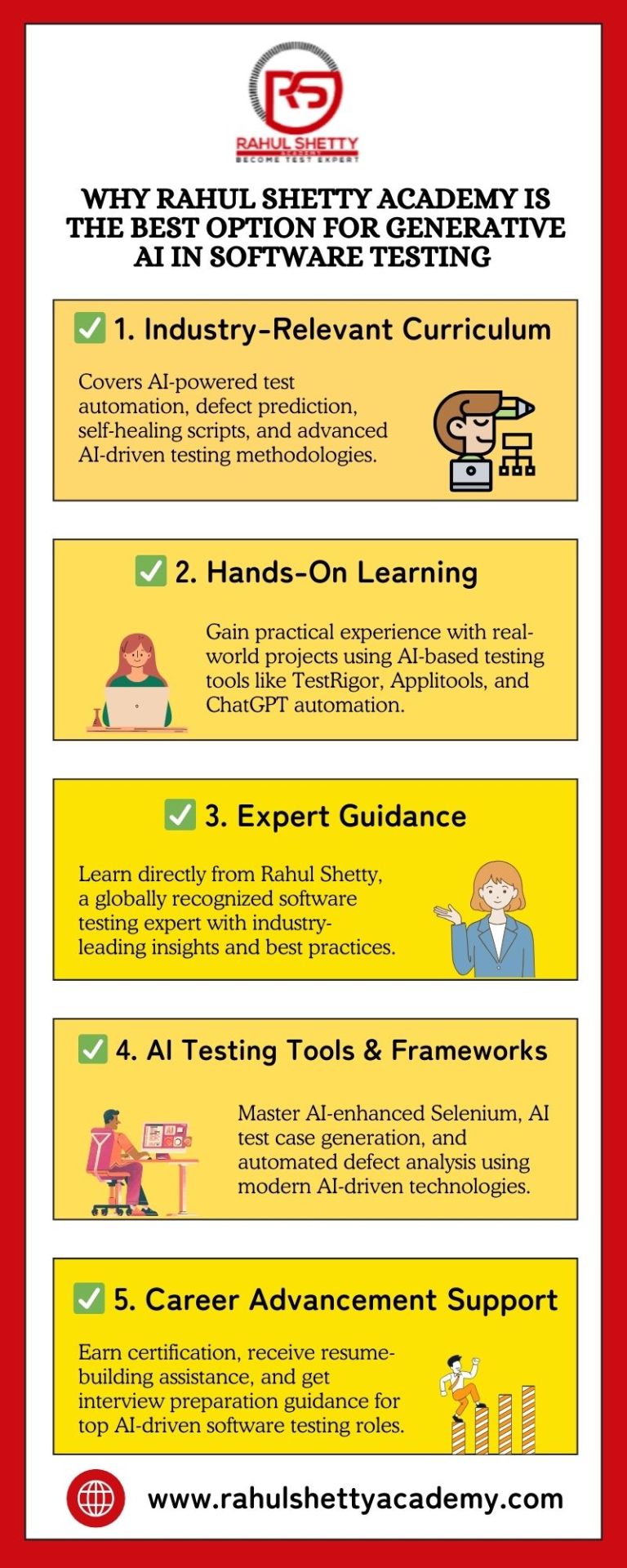
Why Rahul Shetty Academy is the best Option for Generative AI in Software Testing
Venkatesh (Rahul Shetty) offers specialist training in Generative AI for Software Testing that includes practical experience, real-world applications, and industry-leading approaches. Venkatesh (Rahul Shetty) Academy offers the greatest guidance to help you improve your testing skills right now. For additional information, go to https://rahulshettyacademy.com/.
#ai generator tester#ai software testing#ai automated testing#ai in testing software#playwright automation javascript#playwright javascript tutorial#playwright python tutorial#scrapy playwright tutorial#api testing using postman#online postman api testing#postman automation api testing#postman automated testing#postman performance testing#postman tutorial for api testing#free api for postman testing#api testing postman tutorial#postman tutorial for beginners#postman api performance testing#automate api testing in postman#java automation testing#automation testing selenium with java#automation testing java selenium#java selenium automation testing#python selenium automation#selenium with python automation testing#selenium testing with python#automation with selenium python#selenium automation with python#python and selenium tutorial#cypress automation training
0 notes
Text
https://iratrainings.com/python-online-training.php

Master Python Online Training: Top Courses for Data Science, Analytics, and Certification
In today's tech-driven world, mastering Python online training is essential for those looking to enter data science, analytics, and programming fields. Python is a versatile language used in multiple domains, making it a valuable skill for beginners and experienced professionals alike. Learning Python online provides the advantage of flexibility, affordability, and access to world-class instructors from top institutions.
#python online training#python data science certification#python data analytics course#online classes python course#best python programming course
0 notes
Text
Python Tutorial online
A "Python Tutorial online" typically covers Python basics like variables, data types, control structures (loops, conditionals), functions, libraries, object-oriented programming (OOP), and file handling, with interactive coding exercises.
0 notes